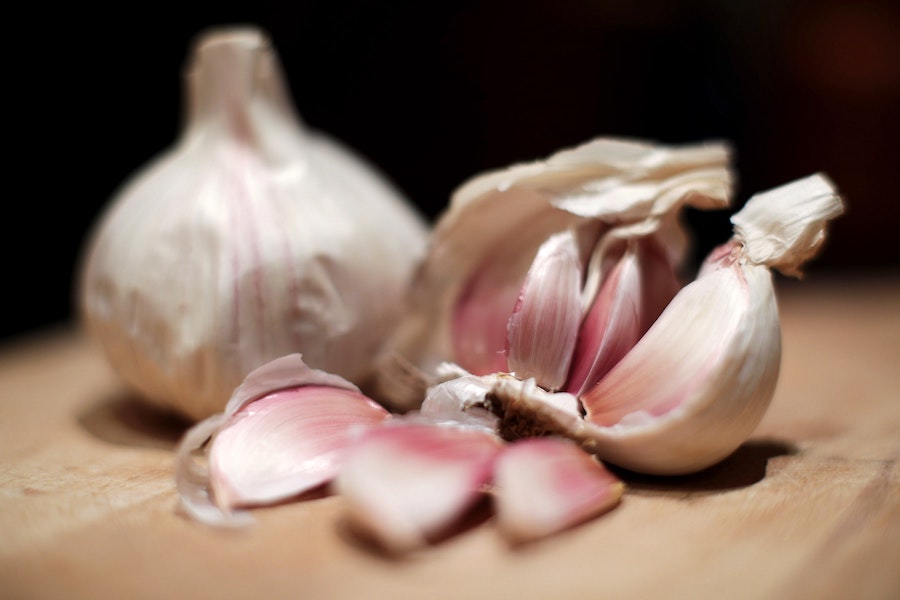How to grow your own garlic
Fed up with dry and shrivelled shop-bought garlic? For a stronger, fresher flavour, you can’t beat home-grown, says Hannah Stephenson.
If you’re finding that shop-bought garlic doesn’t have the intense flavour you require, then it’s time to start growing your own, which will give you more choice and more flavour.
Here’s what you need to know…
1. Which type of garlic do you choose?
There are hardneck and softneck varieties. Softneck are the ones which supermarkets tend to stock, which have firm bulbs, lots of cloves and store well. Hardneck bulbs don’t store as well – but it’s often said they have better flavour. Elephant garlic, which produces huge underground ‘heads’ up to 10cm (4in) across made up of a few massive cloves, is actually not a true garlic. It is in fact related to the leek, and its cloves are mild and sweet.
2. When do you plant garlic?

Garlic needs a period of cold to thrive
Do it from November to December, as garlic needs a period of cold to establish healthy bulbs which will be ripe for harvesting next summer. You can also plant in February or March, but garlic planted in the cooler months usually has larger heads as it has a longer growing season. The earlier you start, the better the choice of variety.
3. Where do you plant?

Pick a good spot
You’ll need a weed-free, sunny spot and well-drained soil with added organic matter, such as compost. Make a drill around 2.5cm deep, split your bulb into cloves for planting and plant each clove, pointed tip upwards, so it’s just below the surface, 15cm (6in) apart in each direction.
4. Is garlic low-maintenance?

Growing garlic doesn’t require too much graft
Garlic doesn’t require much work. It will need watering in dry spells and you’ll have to push back any cloves that the birds have pulled up. But other than that, it’s light work, really.
5. When do you harvest garlic?

Ready for the kitchen
As soon as reasonable-sized heads have formed, but the plants are still green and leafy, you can start harvesting, which is from June onwards. Only pull what you need as it won’t keep for long after lifting.
The foliage of the plants left in the ground will gradually turn yellow, then brown. When it’s turned brown, dig up the remaining plants and let the bulbs dry off in the sun before storing in a cool, dry place under cover.
The Press Association
Latest posts by The Press Association (see all)
- Maple Cinnamon Granola - January 8, 2025
- 8 things your feet can tell you about your health - January 8, 2025
- 9 ways to look after your emotional health better in 2025 - January 7, 2025
- EastEnders fans to vote on storyline for the first time in 40th anniversary week - January 7, 2025
- Aldi beats rival Lidl as cheapest supermarket of 2024 - January 6, 2025





















